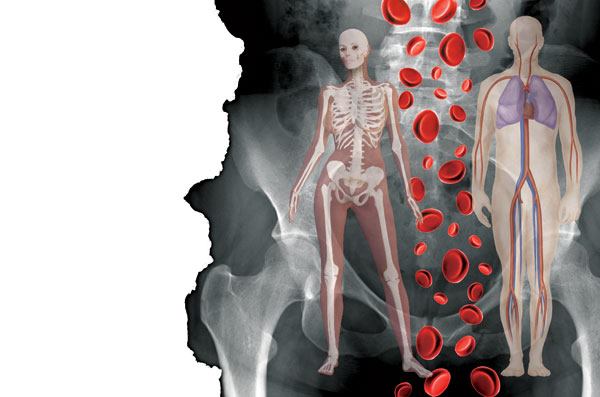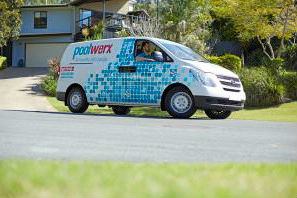At some point, almost every family faces a time when a loved one needs donated blood to survive. In most cases, the blood is administered, the patient lives, and the experience eventually fades to just a memory.
But for Annette Stockley, the vice president of Pool & Patio Center Inc. in Coventry, R.I., the decision to donate blood would change her life.
One day in 1990, the Rhode Island Blood Center’s BloodMobile came to town, and Stockley paid them a visit. But instead of only donating blood, as most people do, she chose to offer herself for the bone marrow match program as well.
Marrow matching is much more complicated, and ultimately more profound, than simple blood donation. For it to work, the recipient needs a marrow donor whose tissue type is highly similar to their own. Family members would be an obvious option, but they only provide a match about 30 percent of the time.
Today, the vast majority of marrow donations are found when doctors go through a national registry and cross their fingers for that needle-in-a-haystack tissue match.
“Chances are, when you [sign up to] donate your bone marrow, you’re never ever called,” Stockley says.
Patients who need marrow can be suffering from diseases such as leukemia that attack blood cells. Often they are children. Generally, in a transplant, the recipient’s marrow is entirely broken down via radiation or chemotherapy — bringing the patient literally to the brink of death — and is then replaced with healthy marrow from the matched donor.
Within a year, Stockley got a call telling her that a potential match had been found, but it fell through during the second stage of testing. She never expected to hear from the program again.
Then, in 1999, the inconceivable happened. Stockley’s marrow matched that of a second recipient: a 14-year-old girl with leukemia, who was badly in need of a transplant. This time the second-stage match was exact.
The girl lived in California, so Stockley wouldn’t have the chance to meet her in person. Still, she says, “They gave me permission to write a letter to the mother, which they would deliver along with my bone marrow. So there I was, sitting in a hotel room, trying to find the right words to share with this mother. I was trying to avoid saying the wrong thing, which is so easy to do when you haven’t walked in someone’s shoes.”
The procedure was somewhat invasive: Stockley lay in an operating room while doctors carefully extracted marrow from deep within her bones using a hollow needle. A courier arrived soon after to rush the fresh marrow to a plane that raced straight for the West Coast.
The girl’s mother never did answer the letter, but the experience deepened Stockley’s resolve to spread the word about blood and marrow donation.
She reached out to the Rhode Island Blood Center, which was thrilled to have another company sending potential donors their way. “The BloodMobile comes to us every spring and every fall, when everyone’s opening and closing their pool,” Stockley says. “The truck parks out in front of the business, and we advertise for a few weeks before that they’re coming.”
Whether visitors donate blood plasma or join the marrow registry, Stockley continues to emphasize that blood and marrow are always needed.
“One pint from one person saves up to three lives,” says Paul Kowal, account manager at the Rhode Island Blood Center. “If we get ten people in the door one afternoon, that’s potentially 30 lives saved, just because this one drive happened.”
But as someone who’s been through the process personally, Stockley knows that the only way to truly understand is to donate for yourself. “I would’ve given that girl anything that grew on my body,” she says. “The feeling that you get from being able to potentially save someone’s life … it’s just remarkable.”



